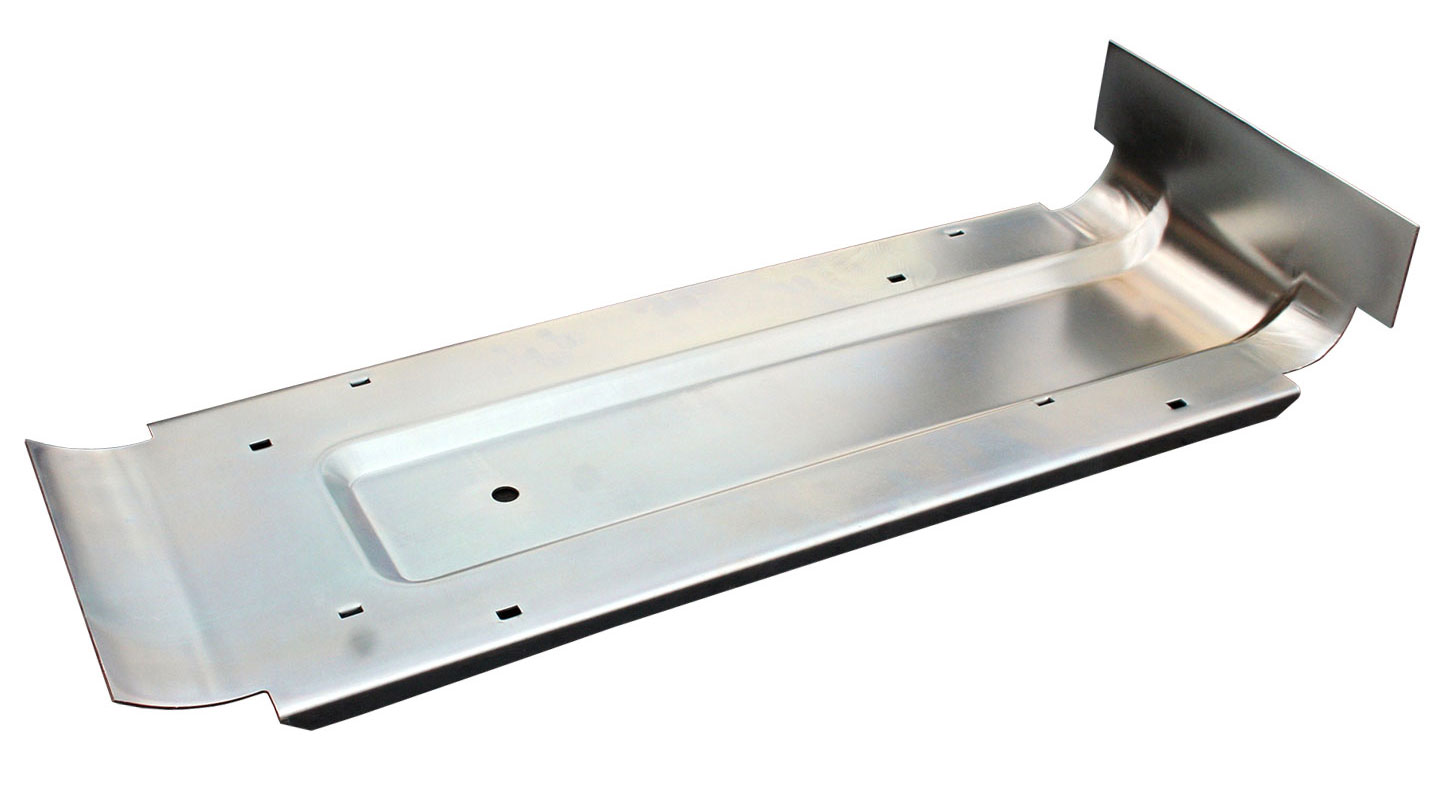


Either way, continuing to drive with an overheating engine leads to massive failure, whether it’s through a blown head gasket, seized engine or warped cylinder head. The impeller may have also been broken from freezing temperatures or debris infiltration. If you discover that the water pump is the culprit, there are multiple things that could have happened. Mechanical failure can also be blamed, such as when the thermostat fails. It can also be caused by an air pocket in the coolant system or contaminated fluid. If the temperature gauge starts to rise and the engine overheats, it’s a sign that the coolant isn’t doing its job.Ī failing water pump is one reason for this occurrence. The coolant is responsible for keeping the engine temperature in normal operating range. If too much fluid drips out, it could lead to an overheating engine and permanent damage to the motor. If this is the case, you will see a white trail of dried coolant.Įither way, you want to deal with the coolant leak right away. Instead, it drips on the front of the engine and the heat dries it up quickly. When the leak is minor, it may not even reach the ground below the vehicle. The gasket surrounding the water pump could be causing the leak, as well as the seal on its shaft. If the coolant is leaking from the front of the engine, you may want to check the pump. Leaking CoolantĬoolant leaks can happen because of many reasons, so a bad water pump isn’t always to blame, but it’s a possibility to consider. In some cases, you will also deal with an unstable engine temperature, making it difficult to diagnose the problem.Įxamine these possibilities in detail to see if you are dealing with a failing water pump. There could also be a squealing noise or white smoke coming from the engine. When the water pump fails, you may notice a coolant leak and the engine can overheat.


 0 kommentar(er)
0 kommentar(er)
